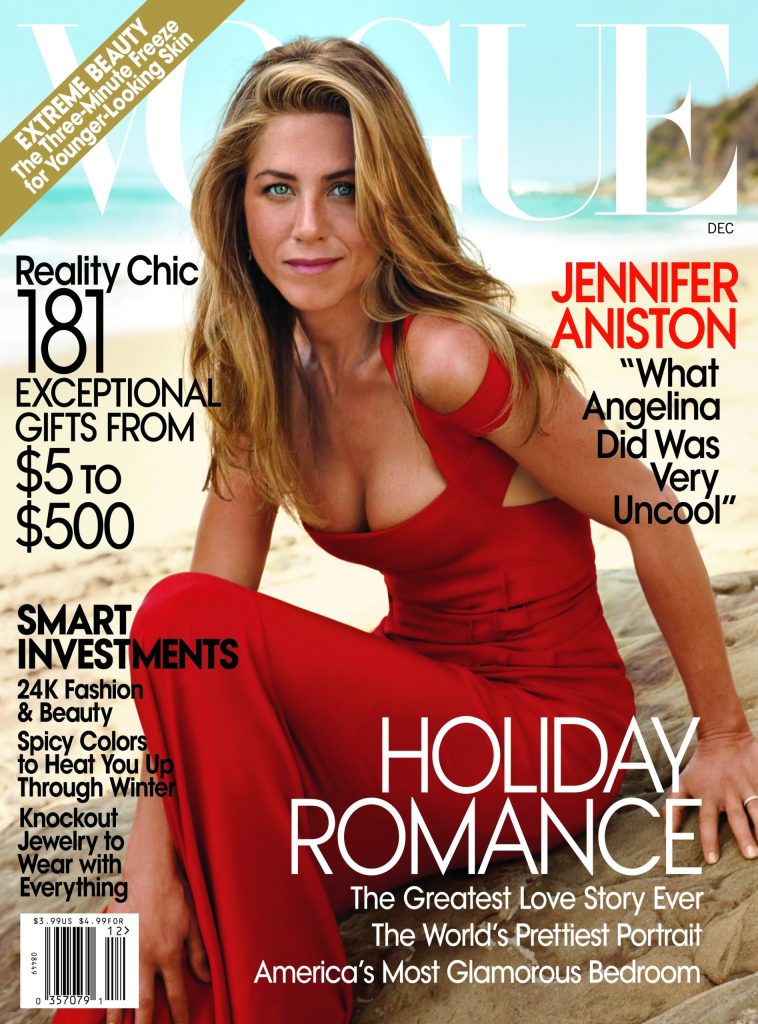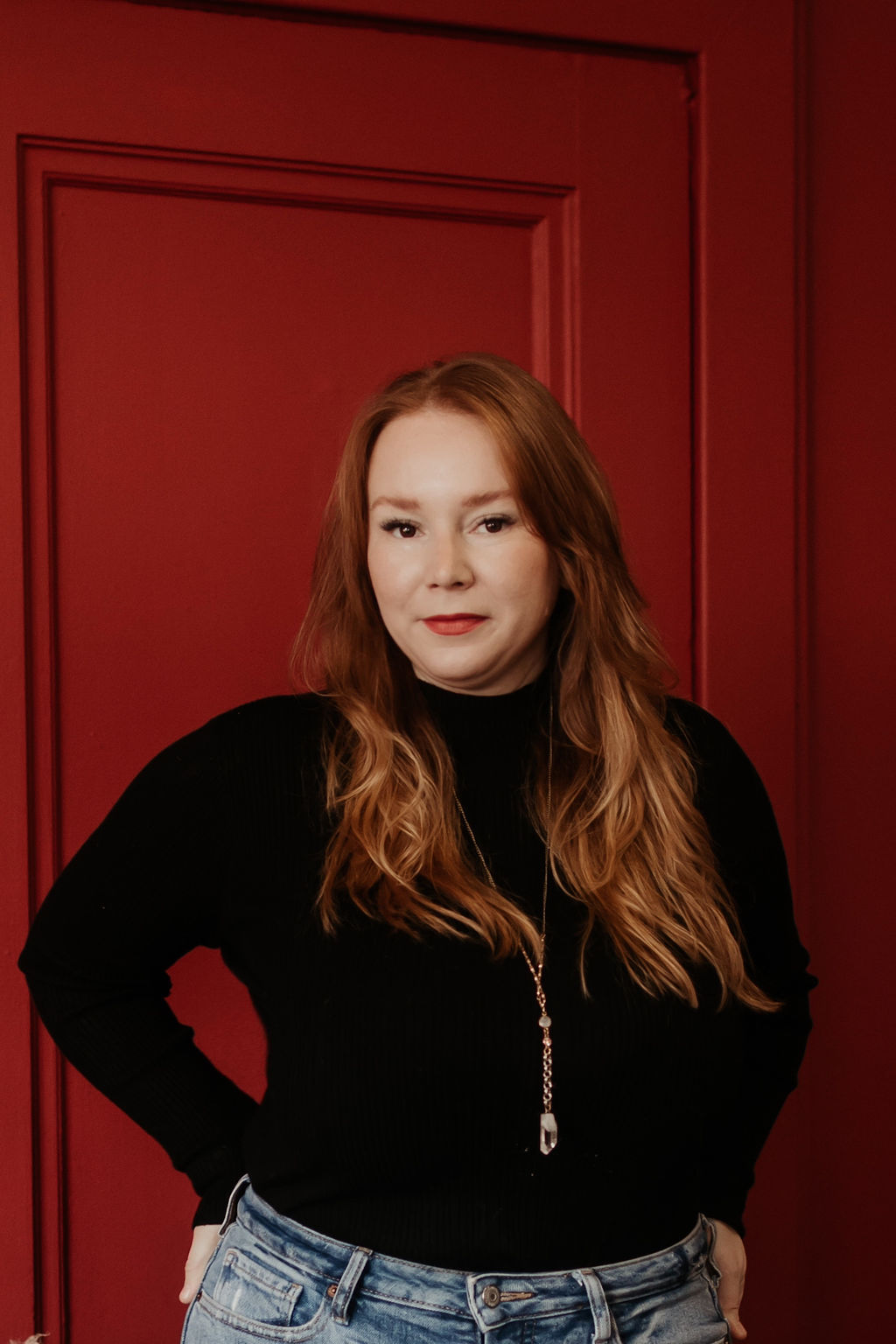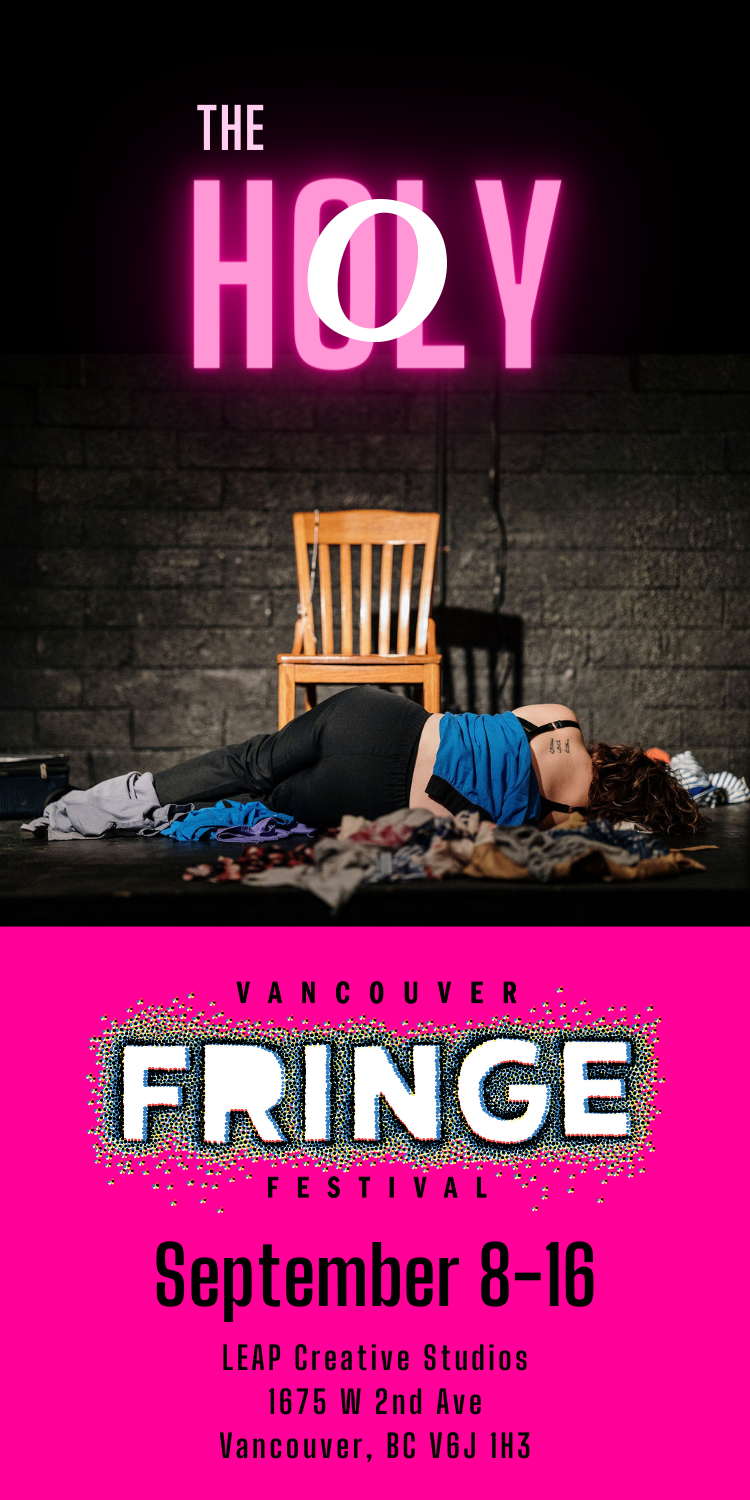Jennifer Aniston’s romantic life–and sometimes lack thereof–has been headline fodder for tabloids for more than fifteen years.
It began, most notably, with her split from ex-husband and otherwise toxic lothario Brad Pitt, who infamously left their marriage and dove headfirst into Mr. and Mrs. Smith co-star Angelina Jolie in 2005.
The split marked the toppling of a famous marriage cast in a golden light; a relationship that cis-hetero couples could look up and aspire to, a self-delusion that cast themselves as a less rich, less-genetically-lucky version of Brad and Jen.
The event has also pitted Aniston against Jolie for the better part of those fifteen years–a veritable “who wore it best: husband edition.”
Ever since, Aniston has been painted a scorned, lonely Ms. Havisham–the throwback photos of their once-happy-marriage symbolic of the yellowing, tattered wedding dress she’d never be young enough to wear again.
And therein lie two misogynistic quandaries: our collective expectations of other womens’ relationships, and the myth of age and wasted prime.
It’s the myth that fading youth and romantic unattachement dovetail and then dive into a fiery abyss–but only for women.
Since 2005, it’s depicted Aniston, specifically, a jilted spinster rather than successful and blissfully childless–a narrative afforded to men like George Clooney and Leonardo DiCaprio.
“There is more to me than just a tabloid girl. This whole ‘Poor lonely Jen’ thing, this idea that I’m so unlucky in love? I actually feel I’ve been unbelievably lucky in love,” Aniston famously told Vogue, in the same issue that printed WHAT ANGELINA DID WAS VERY UNCOOL on its cover.

Instead of seeing her laundry list of lovers post-Pitt as events of her individual agency, or relationships in their own right, they were picked off by tabloids as a forever-scorned woman’s failed attempts at love.
First, it was Vince Vaughan, her co-star in The Breakup, a film that can be seen as a cathartic ode to Aniston’s divorce from Pitt. After a year, the pair split, leaving her to connect with the hot human garbage–emphasis on the hot–that is John Mayer, otherwise known as Hollywood’s playboy. I’m pretty sure it was him for whom the term “fuckboy” was coined.
At this point in the aughts, it was very chic for women to be dating younger men. There was Cameron Diaz and Justin Timberlake, Demi Moore and Ashton Kutcher, JLo and Casper Smart, and, of course, the ageless Jen Aniston with John Mayer.
It was a brief–and perhaps shallow–middle finger to patriarchal ageism. Women were powerful and hot-as-fuck in their thirties, forties and fifties, age groups typically viewed as “past their prime” by Hollywood standards. Their age only enhanced their power, seeing them not as sex objects, but sexually valid beings for whom objects–like younger men–fell at their feet.
That narrative quickly changed back to Jilted Jen once she split for good with Mayer, who reportedly broke up with her because he was deeply embroiled in Twitter, and she, according to him, wasn’t as digitally adept.
“If Jennifer Aniston knows how to use BitTorrent, I’ll eat my fucking shoe,” he’s famously quoted as saying.
“One of the most significant differences between us was that I was tweeting. There was a rumour that I had been dumped because I was tweeting too much… but I can’t change the fact that I need to be 32,” Mayer told Playboy, adding salt to the wound.
What the public saw as painful rejections for Aniston were, in actuality, a woman advocating for what she deserves. Instead of being seen as a win for women getting what they want (or getting rid of what they don’t want), the event was seen as yet another mark missed on the checklist of milestones in a woman’s life.
And that checklist, complete with husbands and babies, was plucked straight out of the 1950s.
Whichever way you spin her breakups, our collective obsession with Jennifer Aniston’s love life says a lot about what we think women want; the dominant belief being that women who date have only two goals: get married and procreate.
So, when she tied the knot with one-time Sex and the City guest Justin Theroux in 2015, tabloids took a disingenuous sigh of relief. Jen was finally getting what she wanted!
When the pair announced their divorce, however, it lent to the media’s continual crucifixion and almost mathematical scrutiny of Aniston’s romances.
It begged the question: are her choices hers to make? And do we, the court of public opinion, believe she has the life she wants? Or should want?
And beyond that, are other women–non-famous women–similarly living up to the expectations set out for Jennifer Aniston?
Have I been ticking the boxes in my own checklist of milestones? It’s one I’ve felt obligated to write, and thus defiant against. Do society’s narrow expectations for the trajectory of a woman’s life cloud my own expectations for my life? Do I only want children because I should want children at this age?
Or am I operating in the colonial scarcity model that pits Jen and Angelina against each other? It’s one that infers that if one woman has what I want, there’s less joy for me.
What tabloids and broader culture fail to recognize is that women are not a monolith. What works for one woman’s lifestyle is not necessarily what works for another.
There’s a need to recognize collective misogyny in popular culture, lest it become internalized misogyny.




